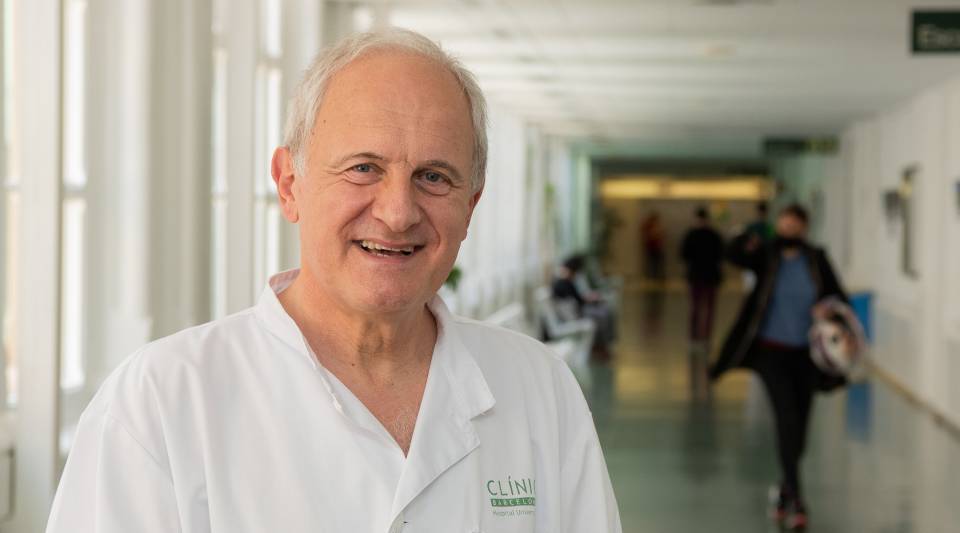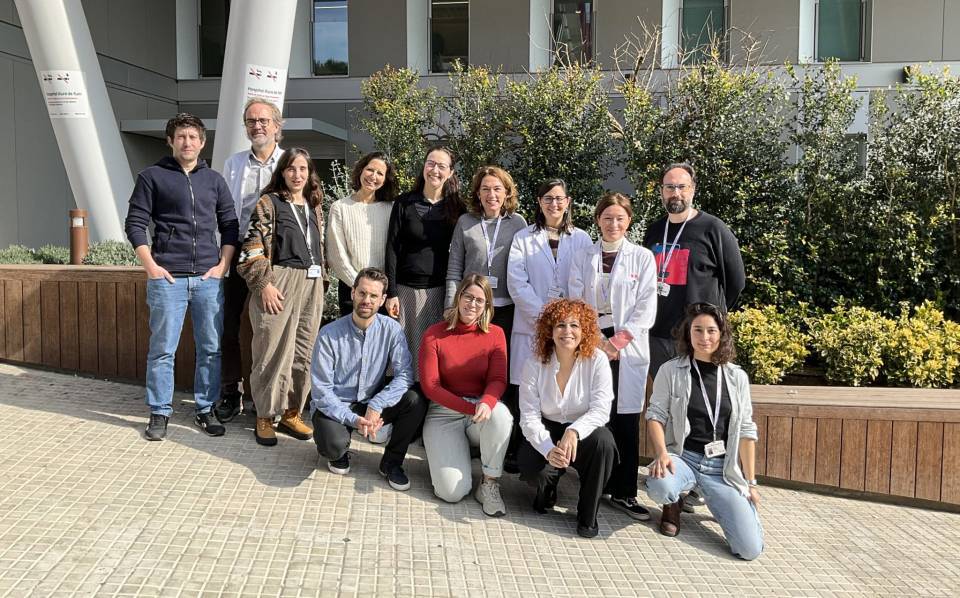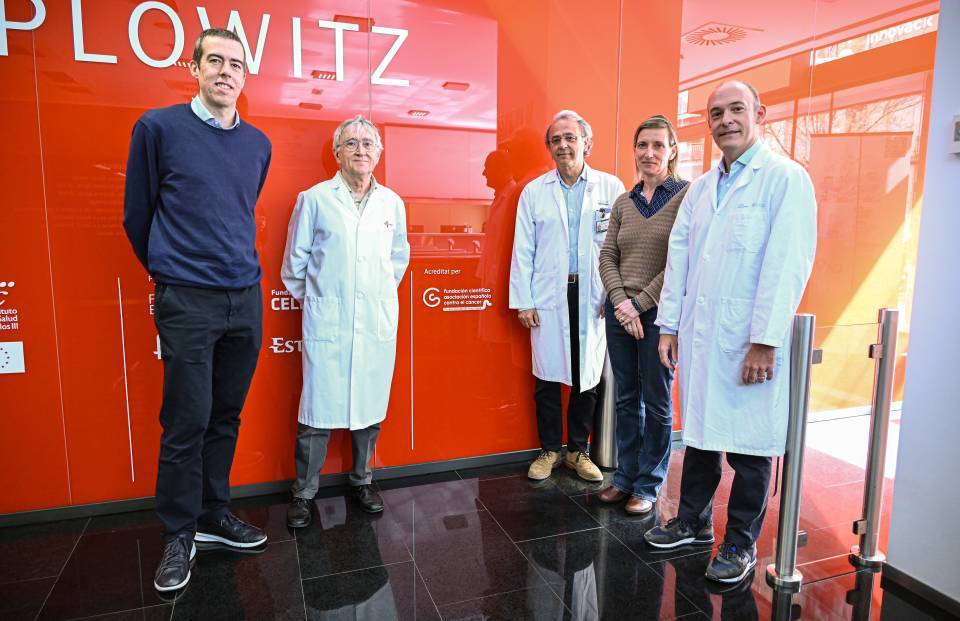The study was carried out as part of the European LiverScreen project coordinated by Dr. Pere Ginès, consultant in the Hospital Clínic Hepatology Service and head of the IDIBAPS Chronic liver diseases: molecular mechanisms and clinical consequences group, head of the CIBEREHD group, and professor of medicine at the University of Barcelona.
Cirrhosis is one of the main causes of death worldwide and the second cause of years of life lost in Europe. It can cause hepatocellular carcinoma, the most common type of liver cancer, and the two diseases together are responsible for the deaths of two million people worldwide each year.
Cirrhosis is caused by the accumulation of fibrous tissue in the liver and is the result of an inflammatory process brought about by various factors. Although cirrhosis caused by the hepatitis C virus has decreased thanks to new treatments, its prevalence is increasing due to metabolic fatty liver disease, caused by the epidemics of type 2 diabetes and obesity.
“It is a disease that develops very slowly and does not produce symptoms. So, very often when it is diagnosed, it is at a very advanced stage and the possibilities for treatment are very limited”, explains Pere Ginès. “Being able to identify at an early stage which people are at risk of developing progressive liver fibrosis would allow changes to be made in their lifestyle or treatments to be carried out to prevent the development of cirrhosis”, he adds.
Up to now, non-invasive techniques or risk calculators based on analytical tests had certain limitations. There was an unmet medical need for simple tools based on clinical or laboratory variables to identify people at risk of liver fibrosis.
Predicting the risk of liver disease
The study published in The Lancet, carried out as part of an international consortium, first focused on developing a risk index. To do this, the researchers used data from 6,400 people with no known liver disease. However, after a liver elastography test that allows the stiffness of the liver to be determined, some of them were found to have liver fibrosis. This risk index was then validated in a group of 8,369 people from the general population, and its prognostic value was determined in a cohort of over 416,000 participants without liver disease and with a follow-up of 12 years.
The index, called ©LiverRisk, is based on eight variables: age, gender and six standard laboratory variables that can be determined in any laboratory in the world. It allows for the prediction of the onset of liver fibrosis and the normal or abnormal status of a person’s liver, and can also predict the possibility of long-term complications. “In this way, we can foresee the possibility that a person may have long-term cirrhosis and end up developing cancer or dying from the disease”, says Dr. Ginès.
“The applicability is similar to that of cardiovascular risk factors, which have existed for many years and predict whether a person is at risk of having a heart attack”, points out Dr. Ginès. “In this case it is similar but involves determining the risk of severe liver disease. And this is important because it could be applied in the early diagnosis of these diseases and means treatment could be given before patients develop cirrhosis. Therefore, the applicability is very important in an area in which there is currently no possibility of early diagnosis”, he concludes.
LiverScreen Project: Reducing mortality from liver disease
The Hospital Clínic-IDIBAPS is coordinating the European LiverScreen project, funded by the European Union’s Horizon 2020 programme with a budget of 6 million euros. The aim is to evaluate the potential of a non-invasive technique, liver elastography, in the screening for chronic liver disease among the general population.
This project involves 43 hospitals and research centres in Spain, Denmark, France, the Netherlands, the United Kingdom, Germany, Italy and Croatia. It includes health professionals and experts in economics, statistics and quality control.
LiverScreen received funding as part of EIT Health 2018, a project that promotes healthy living, active ageing and health improvement, within the framework of the European Union’s Horizon 2020 Research and Innovation programme. It also received a grant under the National R+D+i Plan co-funded by the Carlos III Health Institute and the European Union Regional Development Fund (ERDF).
The LiverScreen project (Screening for liver fibrosis - population-based study across European countries) is funded by the European Union’s Horizon 2020 programme (Num. 847989).
Reference article
Miquel Serra-Burriel, PhD Adrià Juanola, MD Feliu Serra-Burriel, PhD Prof Maja Thiele, MD Prof Isabel Graupera, MD Elisa Pose, MD et al. Development, validation, and prognostic evaluation of a risk score for long-term liver-related outcomes in the general population: a multicohort study. The Lancet. DOI:https://doi.org/10.1016/S0140-6736(23)01174-1




